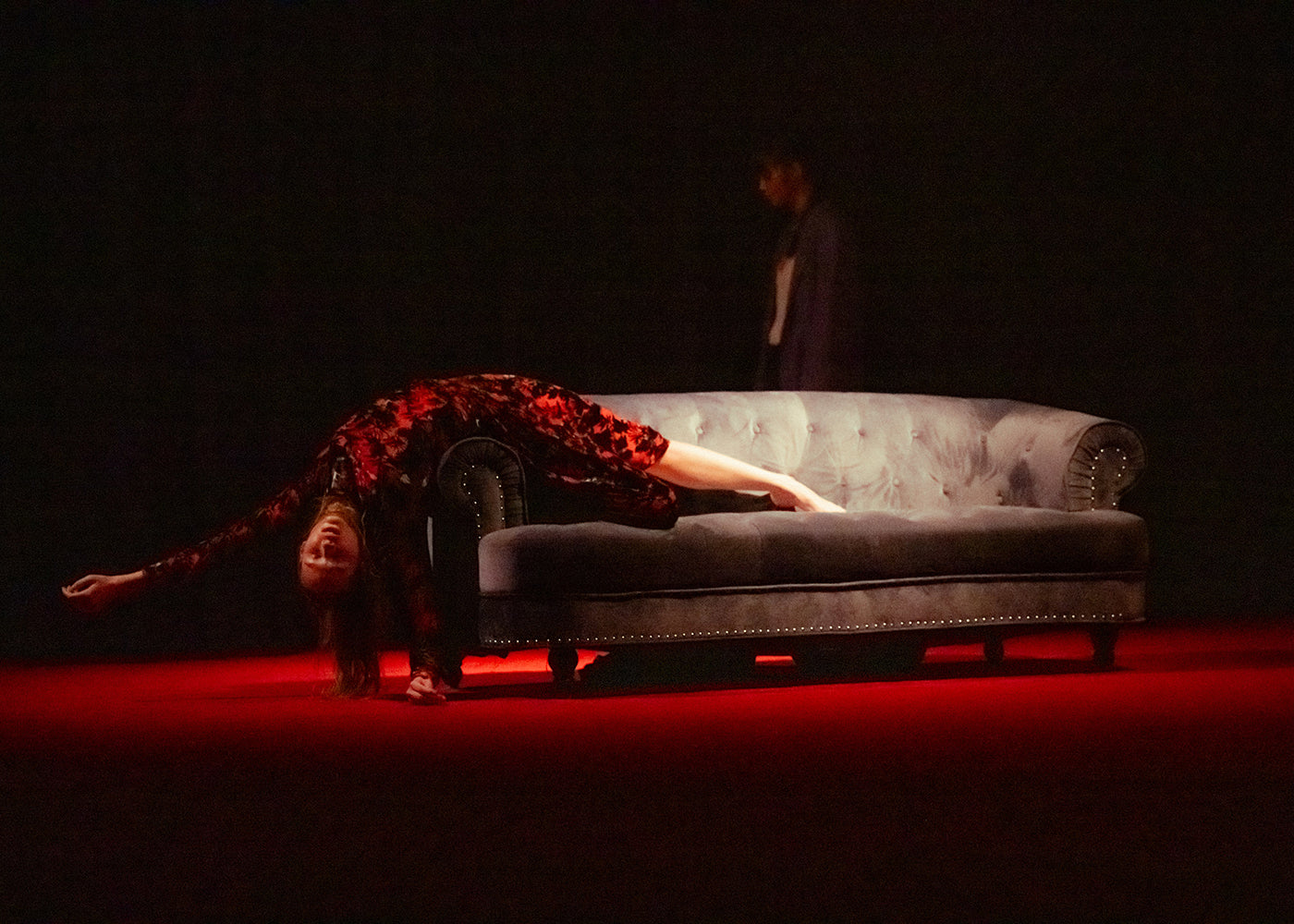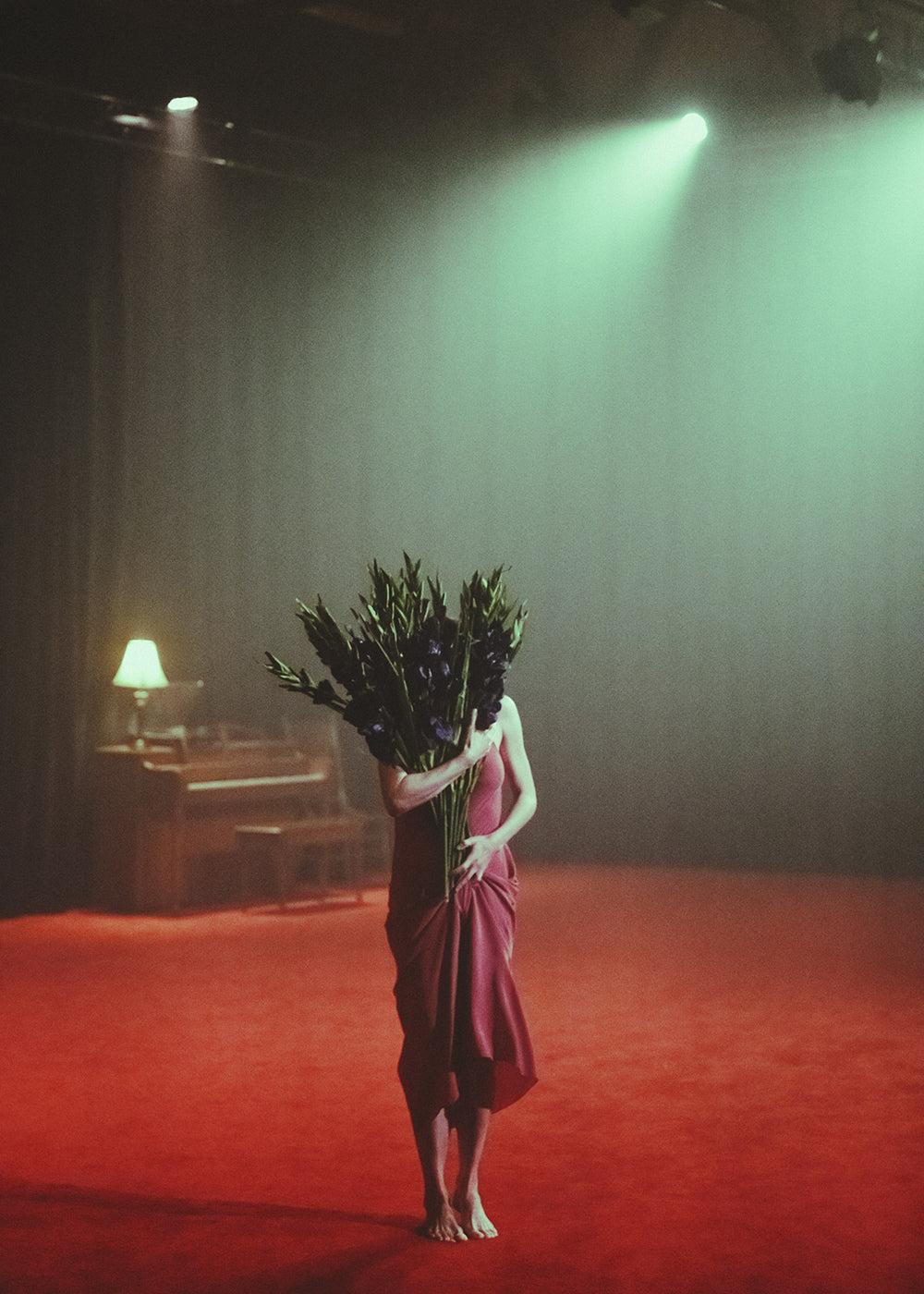Dreamscape
The surge protectors needed replacement after the Hofesh Shechter Company’s concluded four nights performing “Theatre of Dreams” at the Powerhouse: International festival in Gowanus, Brooklyn.
Plus
World-class review of ballet and dance.
A virulent new strain of Covid is on the rise; democracy is in peril; and the war still rages on in Ukraine. But relief of the highest order came in the form of, “The Missing Mountain.” Created by the current choreographic “it” couple, the husband-and-wife team of Bobbi Jene Smith and Or Schraiber, both Batsheva Dance Company veterans, the 70-minute world premiere was seen last week at the intimate L.A. Dance Project studio. (After selling out six performances, three more have been added, November 16-18, with thanks to the Van Cleef & Arpels Fund for L.A. Dance Project.)
Performance
Place
Words



“Uncommonly intelligent, substantial coverage.”
Your weekly source for world-class dance reviews, interviews, articles, and more.
Already a paid subscriber? Login

The surge protectors needed replacement after the Hofesh Shechter Company’s concluded four nights performing “Theatre of Dreams” at the Powerhouse: International festival in Gowanus, Brooklyn.
PlusIn the 1996 comedy Multiplicity, Michael Keaton plays a man who decides to clone himself several times over in order to meet the demands of work and family. Chaos ensues. On November 14, San Francisco Opera premiered “The Monkey King” by Huang Ruo and David Henry Hwang. While the narrative features chaos, the line drawn between the 30-year-old film and this new opera is that the titular Monkey King is played by three performers; or one singer, one dancer, and a puppet; or, six performers total, because the puppet Monkey King requires three puppeteers. The Monkey King is an agent...
PlusIf classical ballet training—from Vaganova to Cecchetti—idealises effortlessness, silence, and a body almost freed from its own weight, modern dance insists on the opposite: the blunt truth that we are made of flesh and bone, and that this matter can itself become an instrument of power.
PlusTides and the gravitational pull of the moon informed the latest work of Denison University of Ohio dance faculty members Marion Ramirez and Ojeya Cruz Banks.
Plus
comments